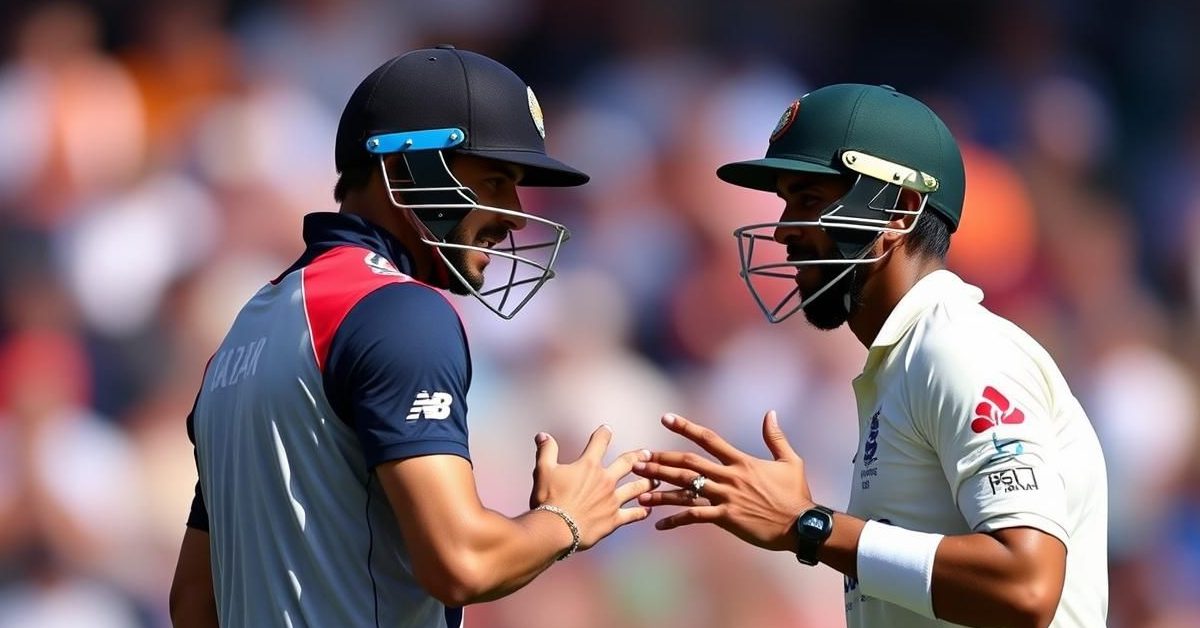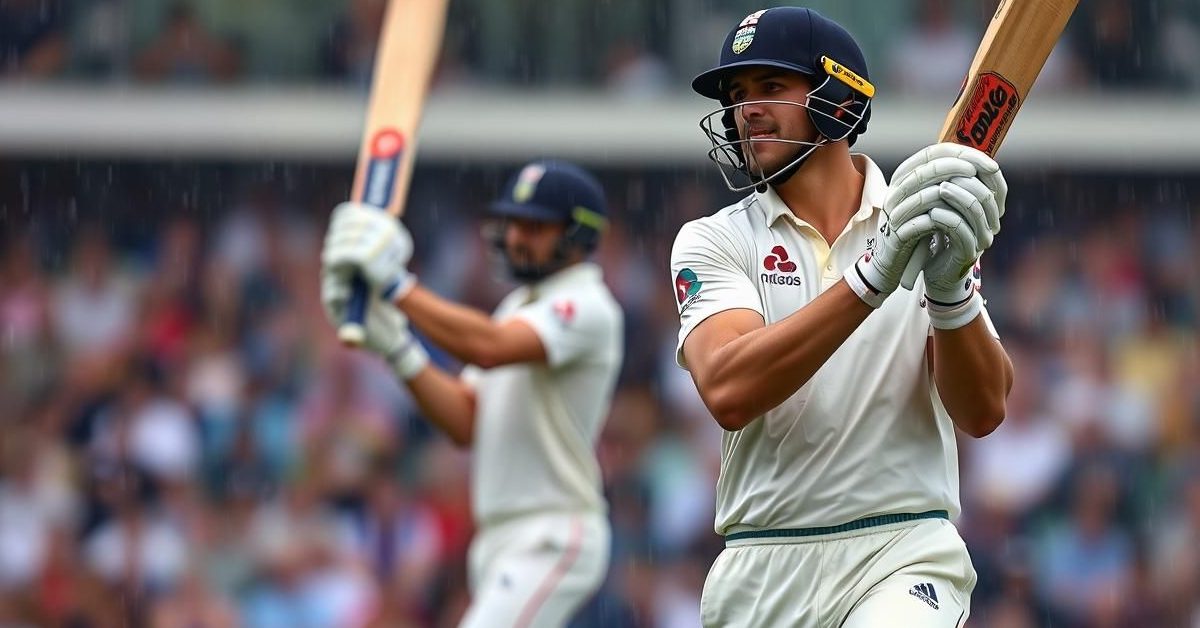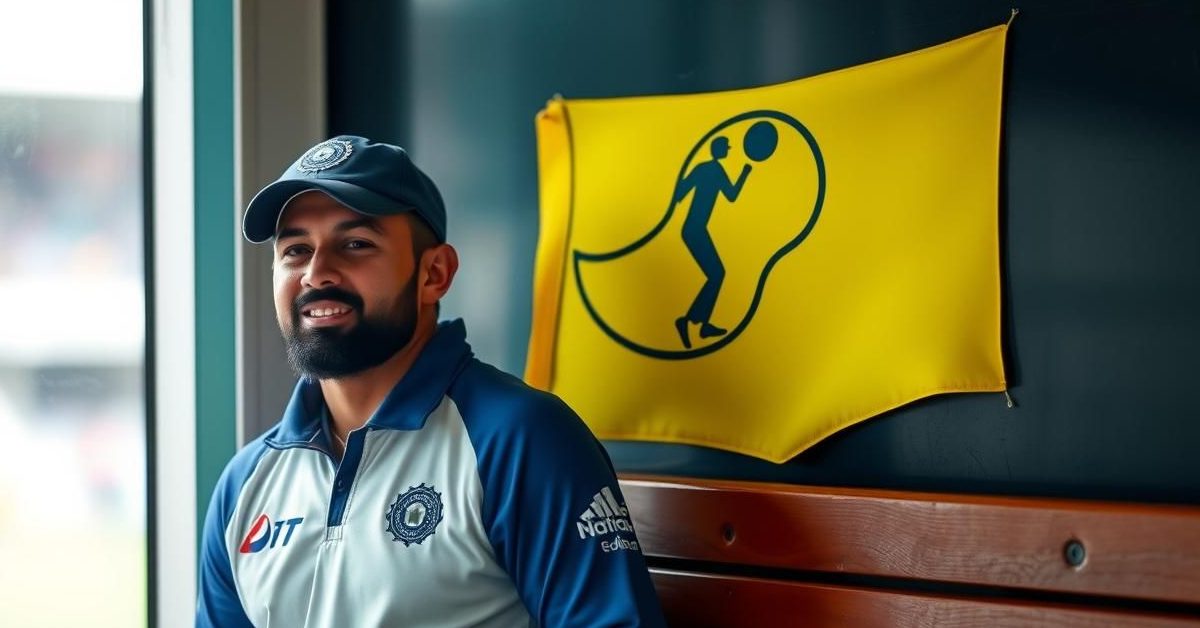A recent Test match sparked a debate among cricket stars Ben Stokes and Rishabh Pant about how cricket balls are checked for shape, highlighting concerns over their rapid deterioration.
Cricket’s Latest Ball Debate
During the second Test at Edgbaston, players from both teams frequently requested ball changes due to the Dukes ball going out of shape too quickly. According to current rules, umpires use a ‘ball gauge’ – a ring through which the ball is passed. If it slides through easily, the ball remains in play; if it gets stuck, it’s replaced.
Stokes Questions the Gauge
England captain Ben Stokes raised an interesting point regarding this equipment. He suggested that the ball gauge currently in use might not be suitable for Dukes balls, hinting that different ball types (like Dukes, Kookaburra, or India’s SG ball) might require specific gauges.
“I don’t even think the rings that we use are Dukes rings, it isn’t ideal,” Stokes commented, implying a need for more tailored testing tools.
Pant’s Counterpoint: Keep it Standard
India’s Rishabh Pant, while agreeing that balls are losing shape too often, disagreed with the idea of different gauges. He believes the same gauge should be used for all balls.
“I feel the gauge should be the same… Ring can be the same for both the balls,” Pant stated. He light-heartedly added, “If the ring was smaller, it would be better!” He also noted that while the ball visibly goes “D-shaped,” the rules limit what players can do.
The Science of the Cricket Ball
Cricket laws specify precise dimensions for balls. For men’s cricket, a new ball must weigh between 5.5 and 5.75 ounces and measure 8.81 to 9 inches in circumference. Women’s cricket uses a slightly smaller and lighter ball, with different specifications for weight and circumference.
Dukes Manufacturer Responds
Dilip Jagjodia, owner of Dukes cricket balls, addressed the issue, explaining the manufacturing process. He emphasized that Dukes balls are made to original British standards, with careful selection to ensure quality.
Jagjodia pointed out the challenge of making balls that are durable without being too hard, which could damage bats. “If I made a really hard ball, it would have broken bats. That’s the problem, we have to be careful,” he said, highlighting the balance required in ball design.
Player Frustration and Game Impact
Both Stokes and Pant expressed concern over the impact of rapidly deforming balls on the game. Stokes noted it seemed a significant issue at Edgbaston, especially when touring teams visit, as balls often go soft and out of shape.
Pant added that this series has seen an unprecedented number of balls going out of shape, calling it “irritating” for players. He acknowledged that while a soft ball might not do much, a changed ball can suddenly alter the game, forcing batsmen to adapt. Ultimately, both agree it’s not ideal for the sport.
- Cricket balls, specifically Dukes, are frequently losing their shape during matches.
- There’s a debate over whether a universal ball gauge should be used or if different gauges are needed for different ball types.
- Ball manufacturers balance durability with preventing damage to bats, adhering to strict official specifications.
This ongoing discussion highlights the fine margins and technicalities that shape the game of cricket.













